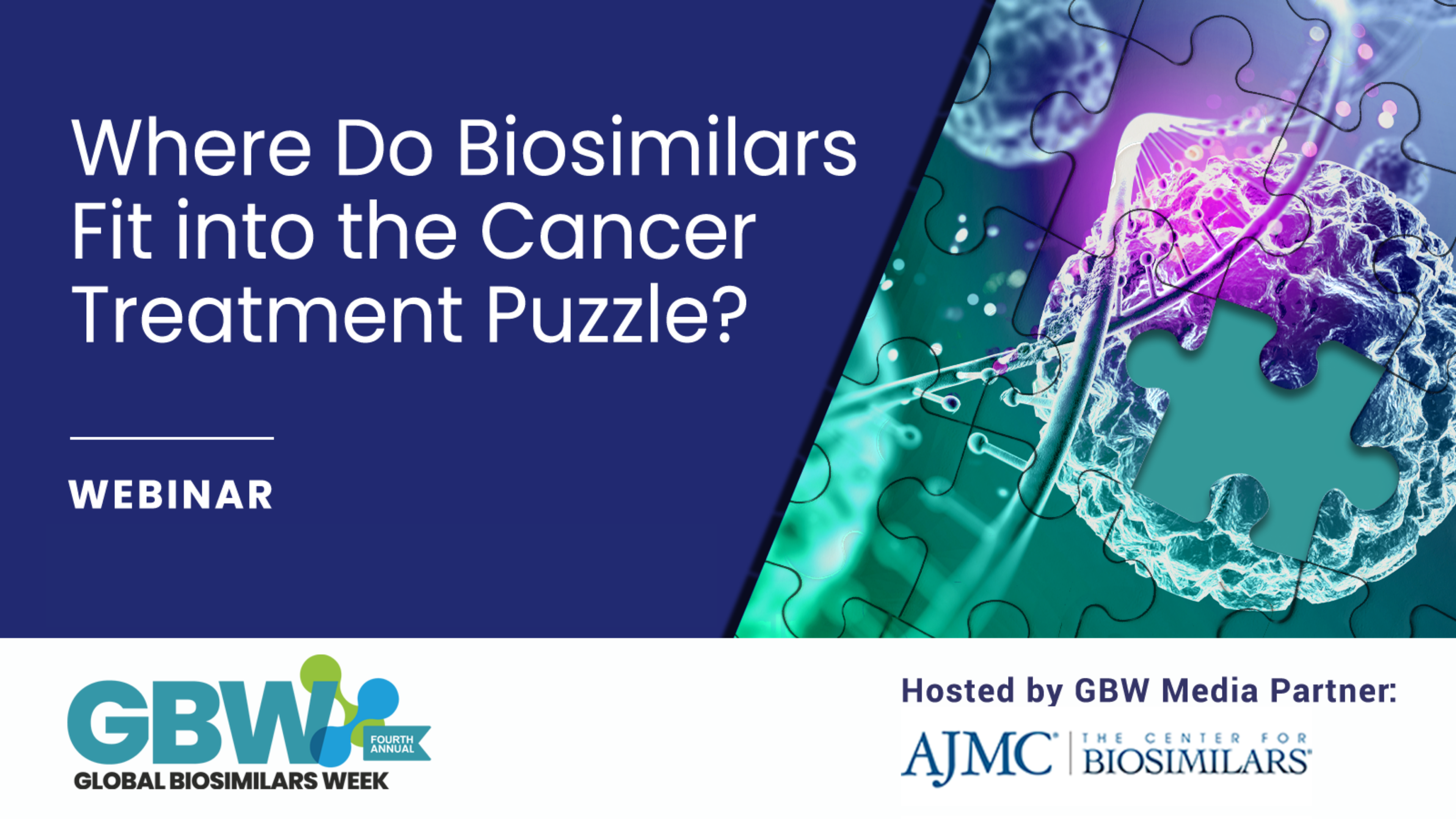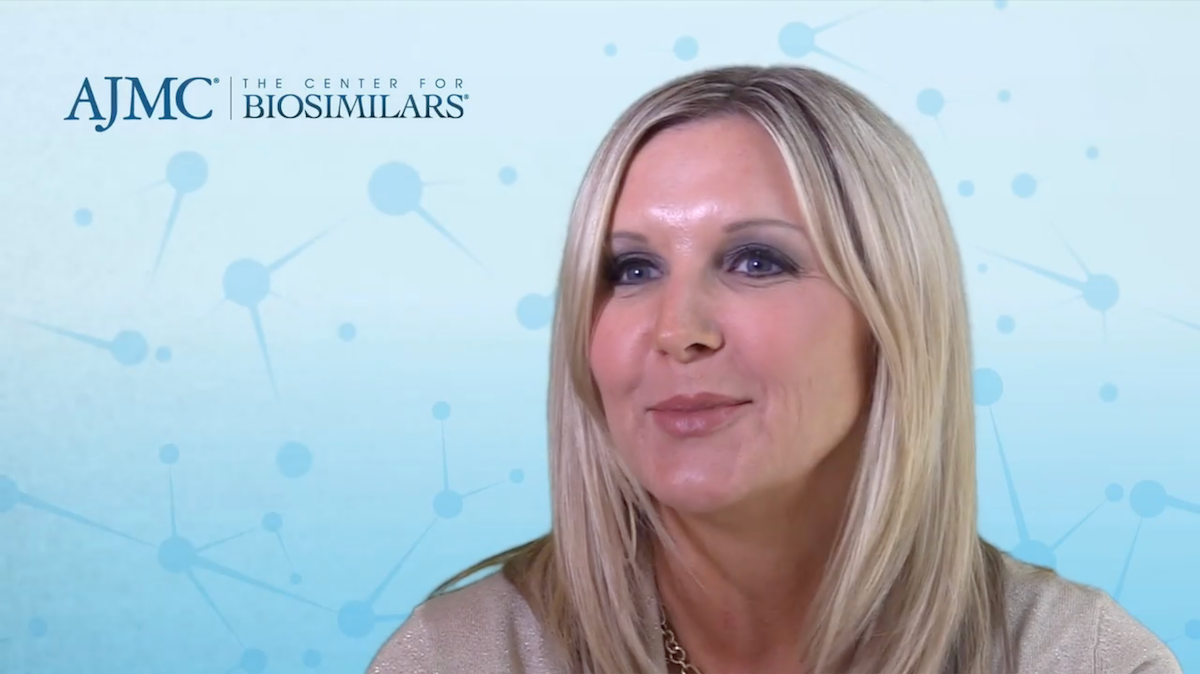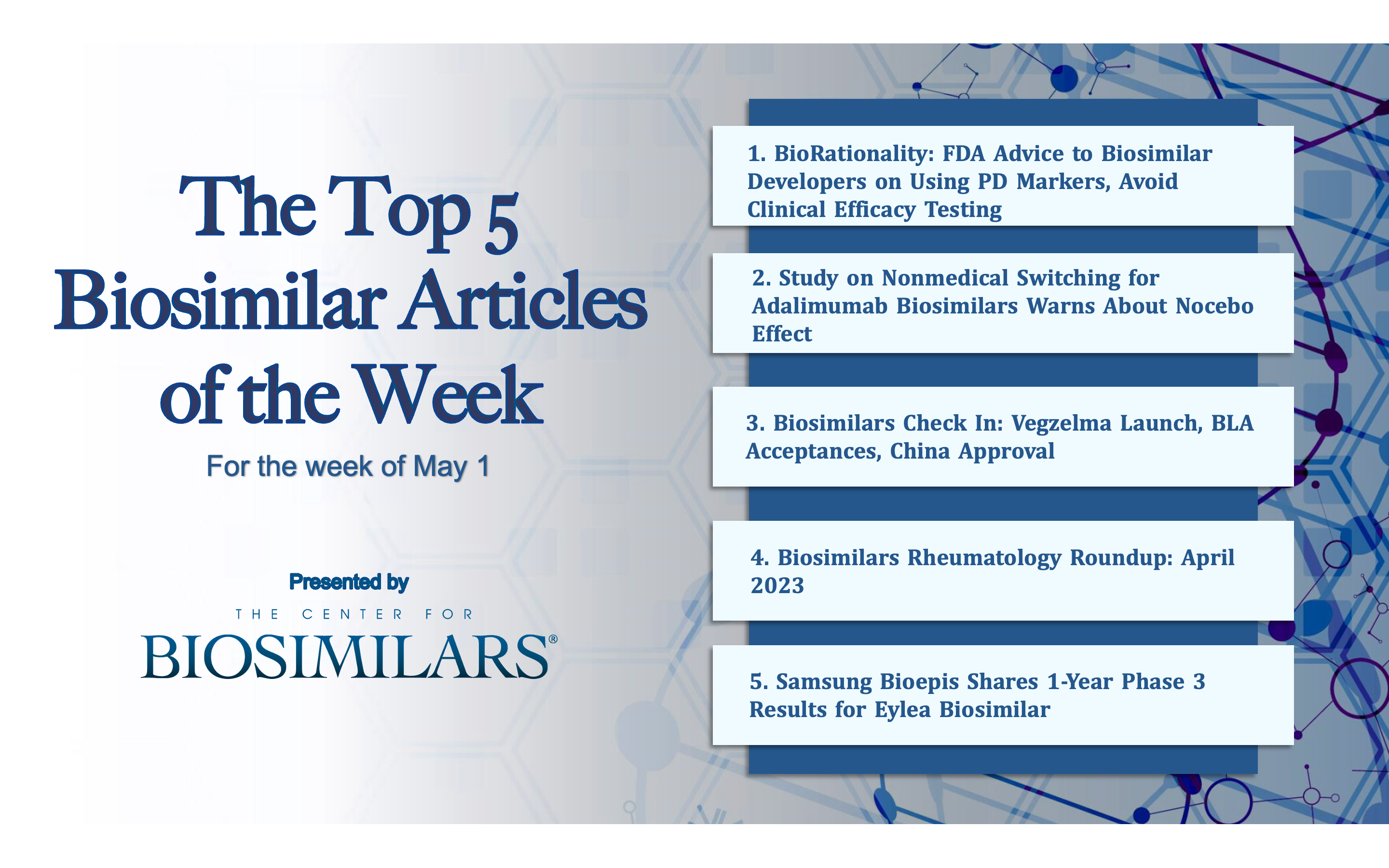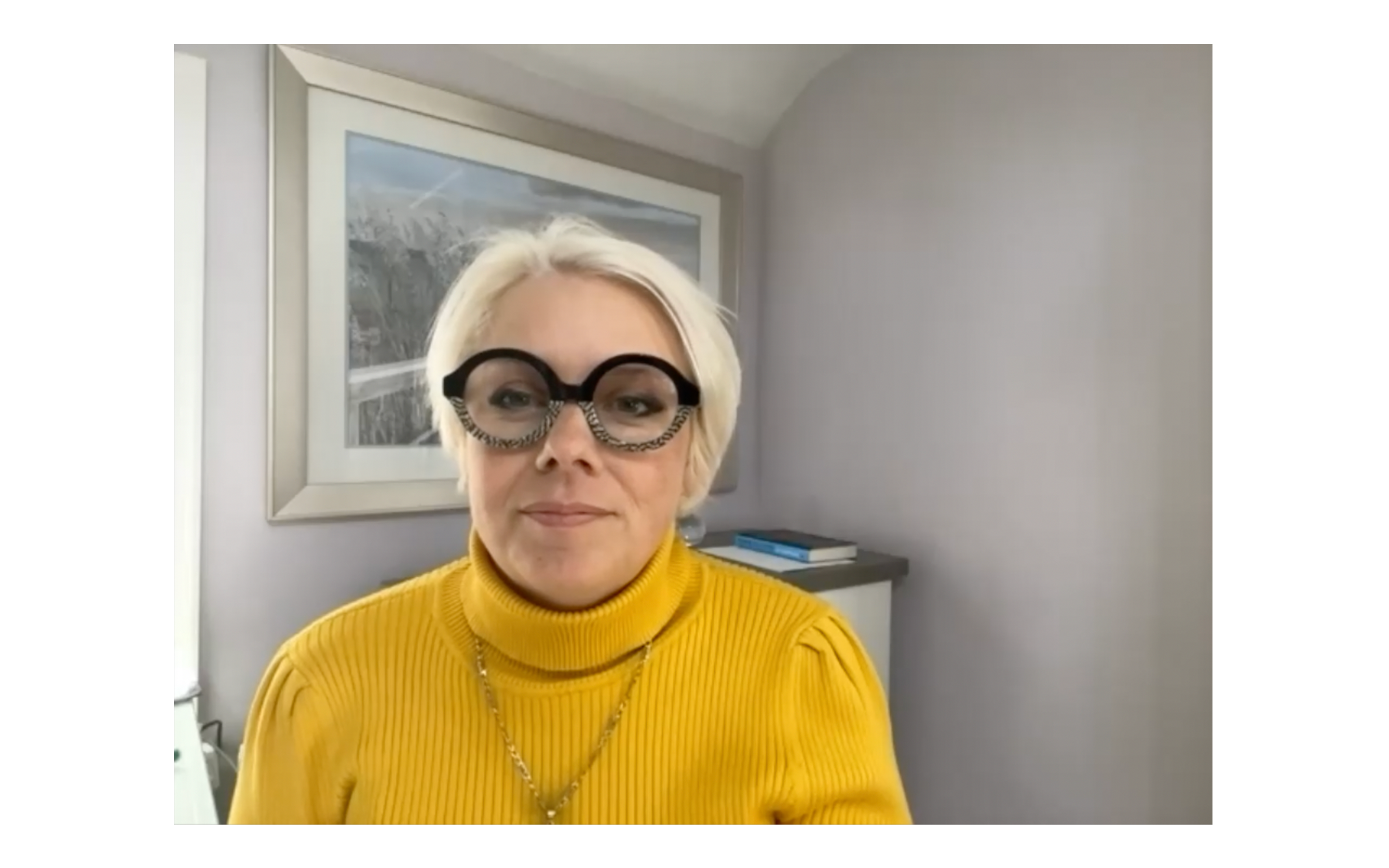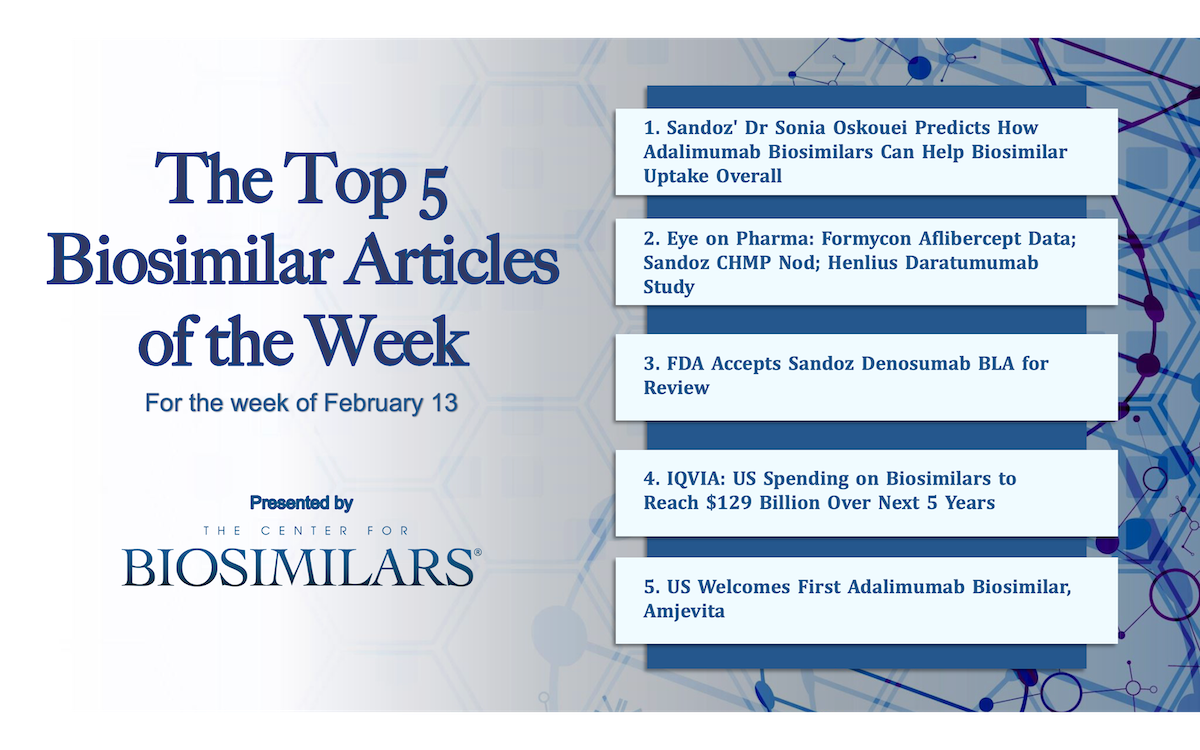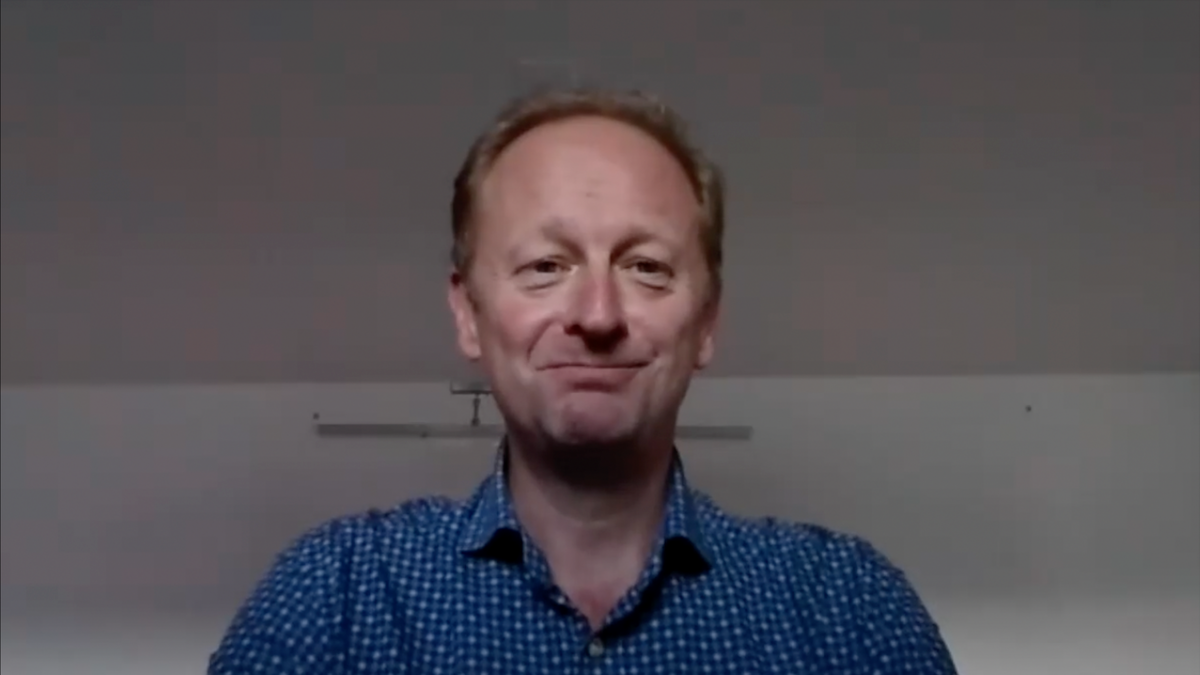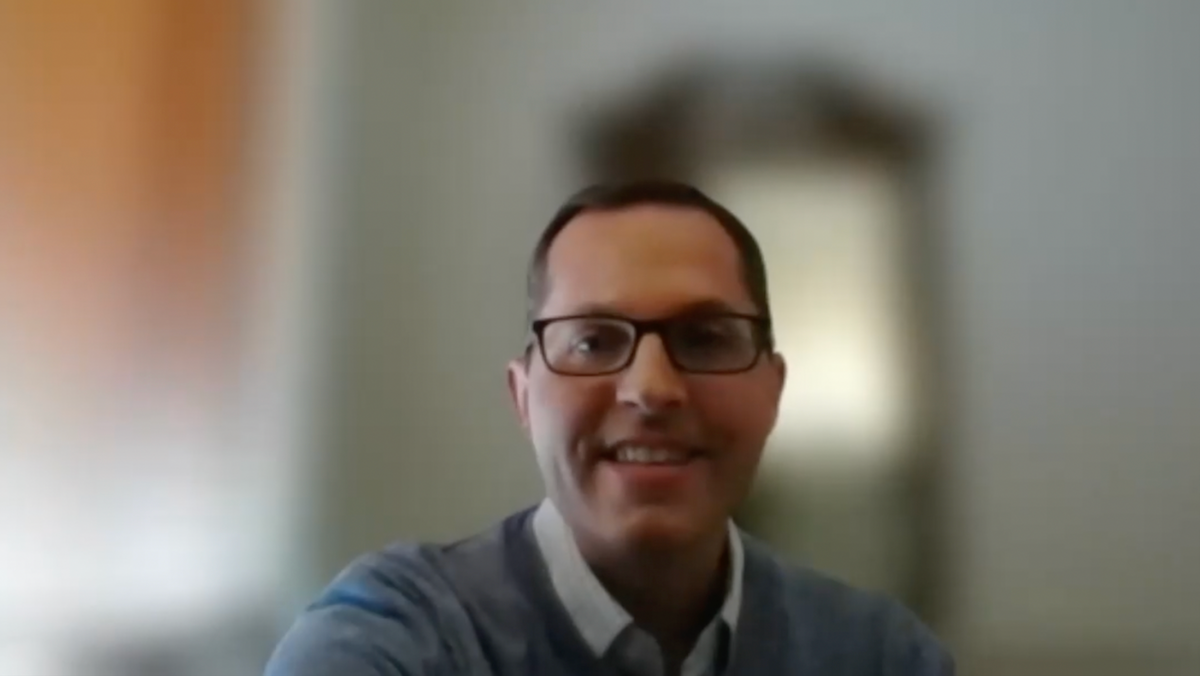- Bone Health
- Immunology
- Hematology
- Respiratory
- Dermatology
- Diabetes
- Gastroenterology
- Neurology
- Oncology
- Ophthalmology
- Rare Disease
- Rheumatology
IQVIA Report Predicts the "Next Large Wave of Biosimilars"
The IQVIA Institute for Human Data Science (formerly the IMS institute) has released a new report making predictions for the healthcare landscape in 2018 and beyond, and the report’s authors see biosimilars as having a key role in developed markets in the years ahead.
The IQVIA Institute for Human Data Science (formerly the IMS institute) has released a new report making predictions for the healthcare landscape in 2018 and beyond, and the report’s authors see biosimilars as having a key role in developed markets in the years ahead.
IQVIA predicts that, in 2018, $19 billion of current spending on biologics will become exposed to competition from biosimilars for the first time, in 1 or more developed markets. Compared to $3 billion that became exposed in 2017, and adding to the $26 billion already facing competition, the 2018 numbers are striking. “The new exposure to competition in 2018 is the largest single-year change to date,” say the authors, “and signals the start of the next large wave of biosimilars.”
In the period from 2019 to 2022, an additional $52 billion is expected to face biosimilar competition for the first time in developed countries, with the US market comprising $37 billion of that amount. According to the report, 77% of current spending on biologics will be subject to competition by 2027.
Between 2018 and 2022, competition from biosimilars could bring down spending on biologics by 10% to 30%, the report estimates, or by $50 billion to $78 billion. However, spending on biosimilars versus reference products will depend on factors such as the number of competitors, the speed with which competition enters the market, and the extent to which biosimilars compete on price.
The timing of biosimilar competition, too, depends on a variety of factors, including patent litigation. Interestingly, the report notes that adalimumab could face competition in the US market from biosimilars in 2019; thus far, Amgen has announced that its Amjevita will launch in 2023 after the company resolved a dispute with drug maker AbbVie over patents covering Humira. Boehringer Ingelheim, maker of the FDA-approved Cyltezo, has not announced a launch date for its biosimilar. No other adalimumab biosimilars are approved by the FDA.
Despite the promise of biosimilars to reduce healthcare spending, the report notes that 9% of spending on biologics comprises spending on products that have no prospect of biosimilar competition in the next decade, perhaps because the complexities of developing and manufacturing these drugs poses too high a challenge for the potential return.
According to IQVIA, the top biologics (not all of which are currently regulated as biologics in the United States, as insulins are treated as drugs by the FDA) that will face new or expanded competition in the territories of Japan, the Republic of Korea, Canada, the European Union, and the United States are, in order of spending form high to low: adalimumab (Humira), insulin glargine (Lantus), etanercept (Enbrel), infliximab (Remicade), rituximab (Rituxan, MabThera), bevacizumab (Avastin), insulin aspart (Novolog), insulin lispro (Humalog), pegfilgrastim (Neulasta), and trastuzumab (Herceptin).
Other predictions in the IQVIA report include the prospective 2018 approval of 5 to 8 new cell-based, gene, or regenerative therapies. However, as most of these therapies will have costs of $100,000 or more, “As next-generation treatments become more common, health system budget pressures will increase, and payers will likely limit or reject access to these drugs as they impact budgets.”
Despite the entry of new, brand-name medicines, spending on branded drugs is expected to fall by 1% to 3% in developed markets, reducing overall spending on brands by $5 billion in 2018. IQVIA says that this slowdown will be due in part to patent expiry of key biologics and small-molecule drugs, and that the growth of new medicines will also slow down; from 2018 to 2022, only 40 to 45 new active substances will be launched each year, driving 2.5% to 3.5% of brand spending.
Specialty medicines, led by oncology drugs, will drive all spending growth in the developed markets, but will be somewhat constrained by cost and access controls in a shift toward value. However, specialty drugs are expected to reach 48% of spending in developed markets by 2022. By comparison, specialty drugs represented 39% of spending in 2017.
How AI Can Help Address Cost-Related Nonadherence to Biologic, Biosimilar Treatment
March 9th 2025Despite saving billions, biosimilars still account for only a small share of the biologics market—what's standing in the way of broader adoption and how can artificial intelligence (AI) help change that?
Will the FTC Be More PBM-Friendly Under a Second Trump Administration?
February 23rd 2025On this episode of Not So Different, we explore the Federal Trade Commission’s (FTC) second interim report on pharmacy benefit managers (PBMs) with Joe Wisniewski from Turquoise Health, discussing key issues like preferential reimbursement, drug pricing transparency, biosimilars, shifting regulations, and how a second Trump administration could reshape PBM practices.
The Biosimilar Void: 90% of Biologics Coming Off Patent Will Lack Biosimilars
February 5th 2025Of the 118 biologics losing exclusivity over the next decade, only 10% have biosimilars in development, meaning a vast majority of biologics have no pipeline, which limits savings potential for the health care system.
The Banking of Biosimilars: Insights From a Leading Health Economist
February 4th 2025Biosimilars have the potential to reduce health care costs and expand patient access, but economic and policy barriers affect adoption, explored James D. Chambers, PhD, MPharm, MSc, associate professor at the Tufts Medical Center Institute for Clinical Research and Health Policy Studies, in an interview.



